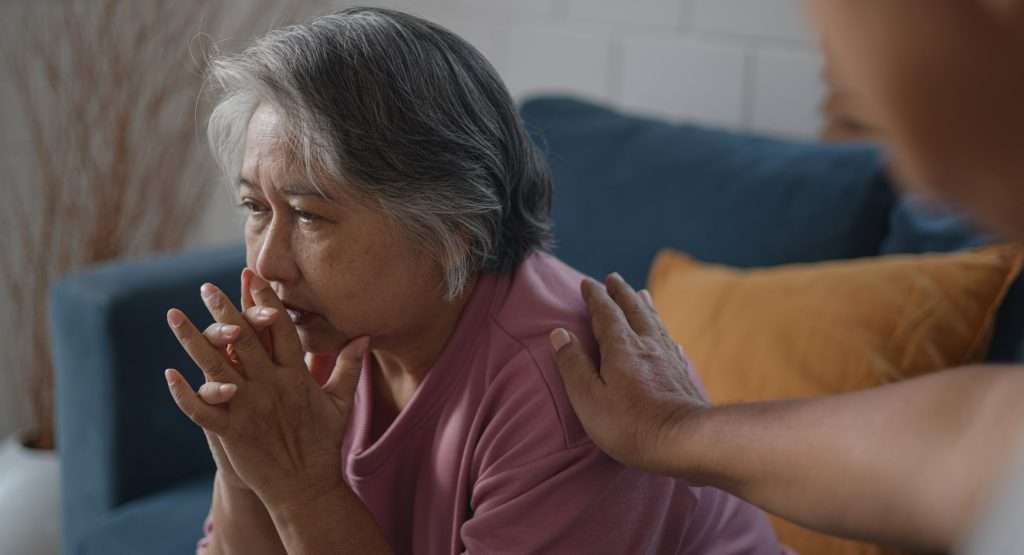Addiction As A Family Disease: Know More

Addiction is a family disease. Family members of addicts and alcoholics also struggle due to the dysfunction present in the home. For this reason, our sober living programs engage the entire family in recovery. Creekside Recovery Residences supports those transitioning from long-term treatment to everyday life. Our sober living homes give you the accountability and […]
Navigating a Sibling With Addiction: A Guide

Helping a family member with an addiction is never easy. But when you do nothing to help them, you’ll regret it later as their addiction spirals out of control. If you have an addicted or alcoholic sibling, our guide can teach you how to help. Creekside Recovery Residences provides sober living programs for those in […]
Navigating Life With an Alcoholic Spouse: What To Do (And What NOT to Do)

When your spouse is addicted to alcohol, your marriage—and your life—can feel out of control. So, what can you do to help your alcoholic spouse? And, what actions are unhelpful? At Creekside Recovery Center, we offer sober living programs to help those struggling with addiction and co-occurring mental health disorders. Visit our admissions page today […]
How To Help An Alcoholic Parent

Knowing how to deal with an alcoholic parent is vital to the health of your family. You can’t control their behaviors, but establishing healthy boundaries can keep you from burning out or overreacting. In addition, you can help them find treatment—when they are ready to accept help. Creekside Recovery Residences can help your alcoholic parent […]
7 Ways To Help Your Alcoholic Adult Son

Knowing how to deal with an alcoholic son is a challenge for parents of adult children with an addiction. However, there are ways to help your son to put them on the path to recovery. Creekside Recovery Residences offers sober living programs for men in recovery from alcohol addiction. When your son is ready for […]
Post Acute Withdrawal Syndrome Timeline

Entering into recovery from substance abuse is a courageous journey, yet it’s often not without its challenges. While many individuals focus on the initial withdrawal symptoms, there’s another phase that can follow, known as the Post Acute Withdrawal Syndrome timeline. At Creekside Recovery Residences, we recognize the importance of understanding PAWS and providing support throughout […]
Does Insurance Cover Sober Living?

Navigating the road to recovery from addiction is a journey that demands resilience, support, and adequate resources. Sober living homes play a pivotal role in providing a supportive environment for individuals looking to maintain their sobriety after or during their primary treatment. As you consider transitioning into a sober living arrangement, understanding the financial aspect, […]
How Long Does Outpatient Rehab Last?

Outpatient rehab can last several months depending on what type of program you attend. Most people transition from inpatient rehab into an outpatient rehab program. This helps them maintain their recovery skills as they continue their treatment program. In addition, sober living programs provide an additional level of accountability for those in outpatient rehab. Creekside […]
Does Delta-8 Show Up on a Drug Test?

Delta-8 could show up on a drug test if the test detects marijuana and other cannabis products. This is because many drug tests can’t distinguish between different cannabis compounds. However, this depends on how sensitive the test is and how recently you used delta-8. Regardless of legal status, delta-8 could be hazardous to your health […]
Help for Families of Addicts

Finding help for families of addicts is critical to treating the disease of addiction. While many think of addiction as only that person’s problem, addiction affects the entire family unit. Not only that, but family members are most people’s only outlet for support when they begin recovery. Thus, healing the family helps to improve the […]


